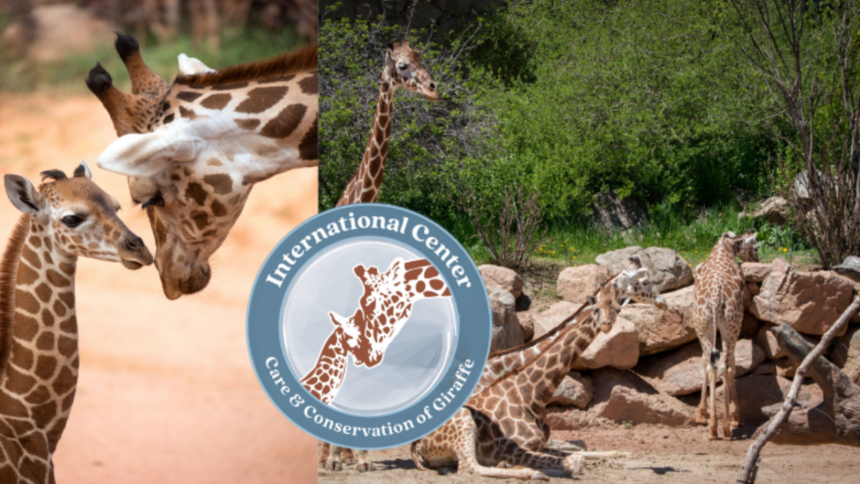Cheyenne Mountain Zoo spearheading worldwide medical advancements with giraffes

COLORADO SPRINGS, Colo. (KRDO) -- Officials with the Cheyenne Mountain Zoo say its International Center for the Care and Conservation of Giraffe is helping the zoo advance giraffe medicine around the world.
The first-of-its-kind giraffe training, knowledge-sharing, and giraffe emergency response program was established in August.
Dr. Liza Dadone, the lead giraffe veterinarian and who's in charge of the program, explained how the center leads on revolutionary training, emergency response, and state-of-the-art medicine.
She also travels to facilities around the world and works with the animals in the wild in Africa.
One example of what they do is train giraffes to be comfortable drawing and giving blood without anesthesia to regularly contribute to a nationwide lifesaving blood bank, plasma bank, and growing stem cells. The training can include hoof care and blood draws. Several members of the herd are trained to stand in place and have blood drawn from a vein in their neck into an IV bag.
"They're eager to participate, they can walk away at any time and they get lots of crackers for participating," Dr. Dadone said. "Bailey is one of our training rockstars. Even two pregnancies ago she was really solid on her blood draw behavior. So we were able to determine the appropriate dosing of medications for giraffes. That has applications not only for zoo giraffes but also giraffes in the wild that have health conditions we need to manage."
Some of the work through this program even studies how giraffe medicine can relate to human medicine advancements.
"If you look at a giraffe they can be 18 feet tall, their blood pressure is twice that of a human, but they don't have common human health problems like strokes or passing out episodes," Dr. Dadone said. "That's because of a series of adaptations they have. Their jugular vein down their neck has valves in it so they don't pass out when they drop their heads down low. Further study on their genetics shows there's a lot of gene mutations that look to have all sorts of benefits that might protect them from strokes and heart disease. There's a lot of research starting to understand how we can apply what's unique about giraffes to develop new medicines for human health."
Dr. Dadone also uses thermography thermal imaging cameras on the herd of giraffes to monitor surface temperature from a distance. This is a tool that looks at inflammation and areas of concern so veterinarians know where to target their therapies and treatments.
This new program is also invested in helping the endangered species population re-populate with voluntary but controlled breeding. Cheyenne Mountain Zoo has had 202 giraffe births at its facility. With another one on the way any day now.
If you want to watch the live feed of expected mother-to-be Bailey the giraffe, the zoo has set up a live camera. You can find that link here.

